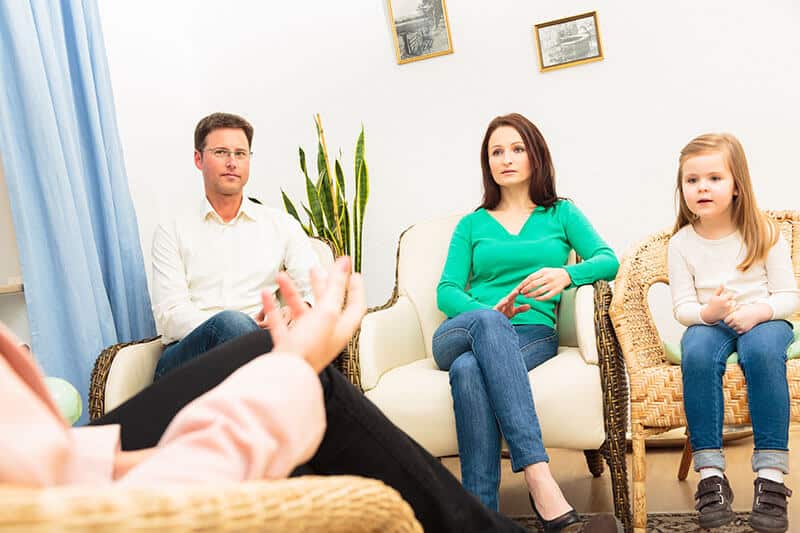No matter your health condition or addictive concern, yoga can help. One of the greatest benefits of yoga as a practice is that it can be of varying degrees of difficulty. Gentle yoga can help you relax. Intense yoga can help you push the limits of your body. Hot yoga can improve your detox. All yoga requires you to breathe deeply and oxygenate your tissues. Can I do yoga in long term drug treatment? Yes, and it can lead to bigger and better things!
Yoga is not a high-powered workout. The act of reaching and holding a pose can be incredibly calming. It can also help you become more aware of your body as you stretch, breathe, change positions and breathe again. Taking yoga in a class setting can also help you to be more comfortable in community if your addiction has isolated you from friends and family.
It’s Practice, Not Perfection
Like detox, yoga is cleansing. When you first start out, you may simply be working on the floor, stretching your spine, hips and legs. Other parts of the class may include standing poses that help you to ground and center your body. At the end of your yoga practice, you will likely spend time on your mat resting and focusing on your breath.
There are days when yoga comes easy and the moves are easy to hold. You may realize that your coordination and balance are better than you thought, or that you’re in better shape than you thought. You may also have some tough days. Like recovery, yoga isn’t about achieving effortless perfection. It’s about getting on the mat and focusing all the way through your practice.
Get Close to the Instructor
If you’re a beginning yoga student, you may want to hide at the back to avoid embarrassment. Don’t do this! Move to the front. Let your instructor know that you’re new to the practice, or that you haven’t done yoga in a while. Talk to them about any physical risks or old injuries you may have to make them aware of poses that you need to modify. If you get thirsty, take a drink. If you need a break, signal to your teacher that you need a modification and they can help you find a less stressful pose.
Try to do gentle yoga in the evenings if it’s offered. The stretches and poses of gentle yoga will be about relaxing your body before bed. If you’re still in the late stages of physical detox, stretching and hydrating before you nighttime shower can do a lot to lower your anxiety at bedtime, especially if you’re struggling with disturbing dreams, insomnia, or anxious thoughts.
Slow Your Thoughts
During the holding of a pose, your brain may suddenly fill with anxious thoughts, cravings or even guilt. As you build your physical skills, work on freeing and slowing your mind. For example, during a standing forward fold you can control anxious thoughts by focusing on the release in your low back, the stretch in your glutes and the power of your feet as you press through the pose. During a happy baby pose, you can focus on the stretch in your upper back and your hips.
As you become more skilled as a yoga practitioner, you can improve the quality of your sessions by focusing on breath and keeping your brain completely empty. This, like meditation, is much harder than you would think. Keeping your head empty and thinking about nothing should be simple, right? Unfortunately, many people in the process of detox and treatment have a lot of negative self talk. As you hold a pose, hold open the space in your mind for a positive, happy thought to come through. This will take time and skill to build as a practice, but it will be worth it!
Detox is the first step, but your yoga practice can help you to better manage the work of treatment. It’s a skill you can also take as you leave treatment and move into recovery. Keep your body limber, hydrated and moving while you open and clear your mind. Proper mindset can do a great deal to make your time in treatment more effective in terms of building wellness, physically and mentally. We can help, call now 855-936-4435.










